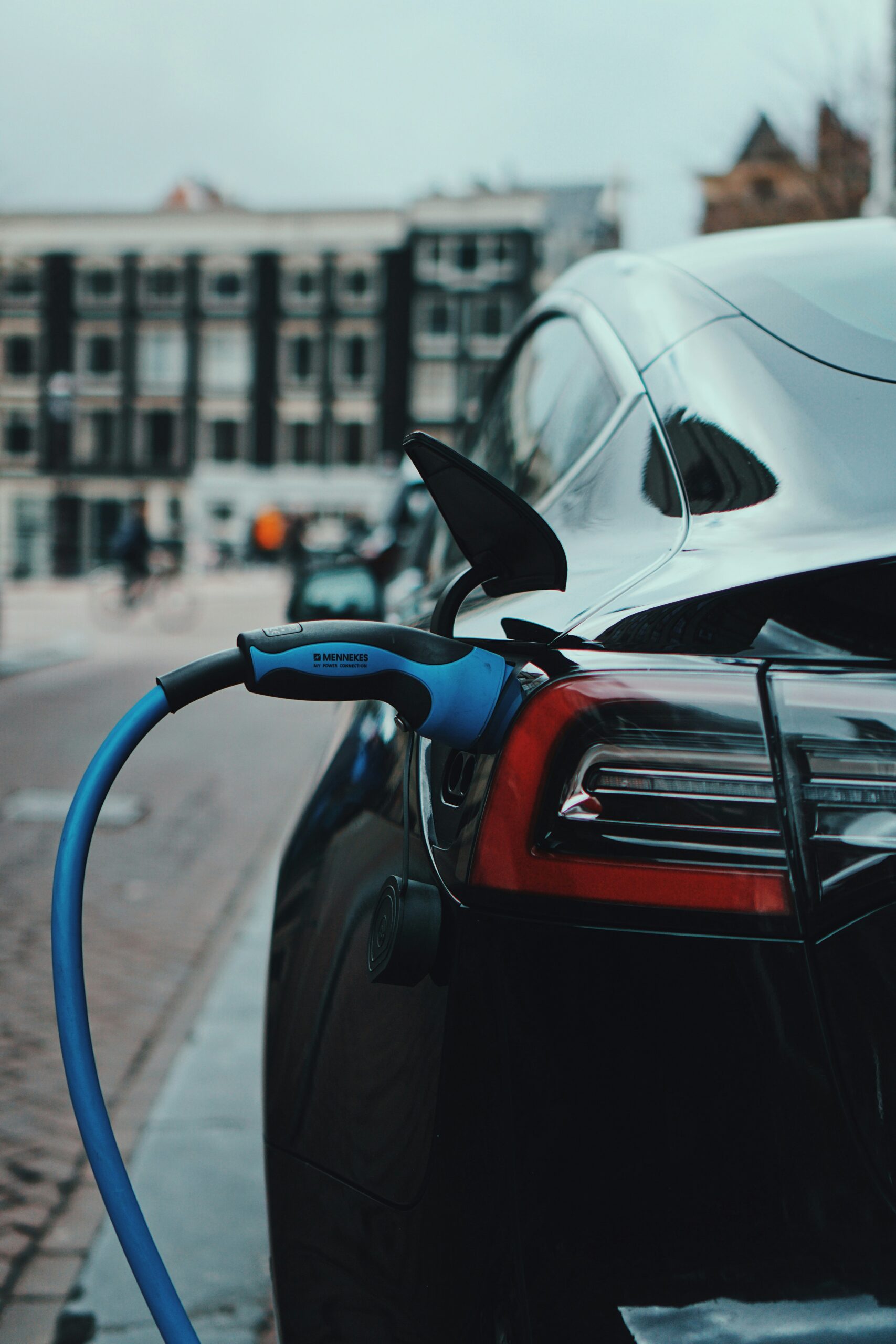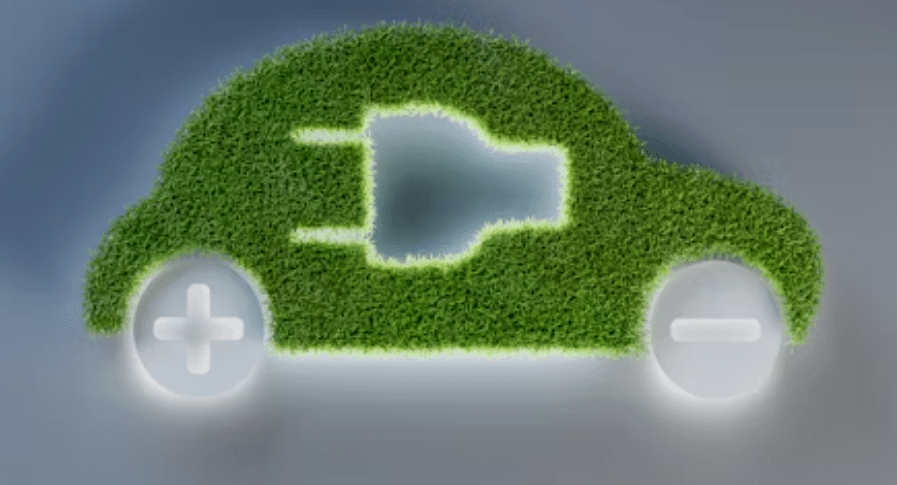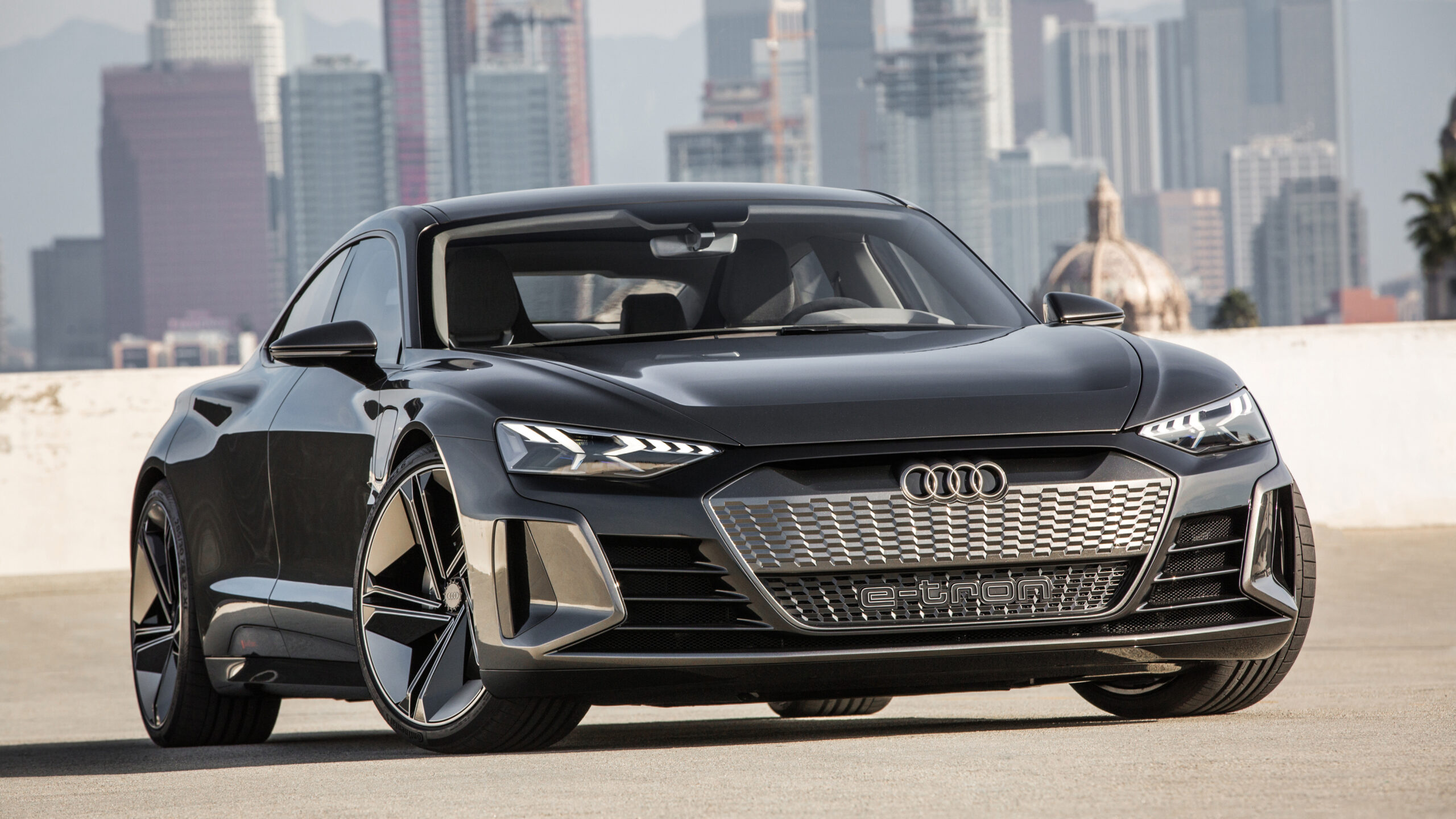In the era of sustainable mobility, electric vehicles (EVs) are gaining widespread popularity. With zero tailpipe emissions, lower long-term running costs, and increased efficiency, many drivers are making the switch. Still, one area that raises concern is insurance: insuring an EV can be notably more expensive. However, when you consider the full picture—life-cycle savings, incentives, and evolving insurance models—the benefits become clear.
In this article, we’ll dive into:
- Financial and environmental advantages of EVs
- How insurance compares between EVs and gas cars
- Ways to manage and optimize EV insurance costs
- The full ownership experience: incentives, maintenance, and future trends
1. The Financial and Environmental Upside of EVs
Lower Operating Costs
Electric vehicles generally cost significantly less to operate. Drivers can save around 40–65% annually on fuel compared to gas vehicles, thanks to efficient charging, especially when done at home during off-peak hours .
Charging at home with a Level 2 charger typically costs between $6–$18 for a full 200-mile charge—much lower than the ~$30 for gas Bankrate.
Maintenance Savings
With fewer moving parts—no oil changes, fewer consumables—EVs boast lower maintenance costs. One estimate suggests $8,000 saved over a car’s lifetime versus a gasoline equivalent .
Environmental Impact
EVs produce zero tailpipe emissions, significantly improving air quality. Plus, regenerative braking reduces brake dust and non-exhaust pollution . Overall, they emit far less greenhouse gases across their lifetime—especially if electricity is sourced cleanly.
2. Electric Vehicle Insurance: Why It’s Often Higher
More Expensive to Insure
EVs typically cost more to insure:
- They generally carry ~49% higher yearly premiums—around $4,058/year compared to $2,732 for gas cars.
- In the UAE, EV insurance is on average 72% more expensive than petrol vehicle coverage.
- In the UK, premiums average £1,211, up from £691 for petrol cars—a 62% increase in recent years.
What’s Driving the Higher Insurance Rates?
- Costly Repairs
EVs have expensive components such as batteries, sensors, and specialized parts. Battery replacement alone can range from $4,000 to $4,000–$20,000 . - Higher Accident Frequency
Some data suggest EVs see more claims—one in every 12 owners vs. one in 20 for gas cars—possibly due to their performance profiles and driver learning curves . - Repair Infrastructure & Parts Availability
Specialist repair centers and limited aftermarket parts elevate labor hours and costs . - Higher Vehicle Value
EV models often cost more upfront—it increases replacement costs and insurance premiums accordingly progressive.comPremium Autos Inc. - Claims Severity
Insurance claims for EVs can be higher—like the average claim reaching $6,066, nearly 30% higher than for ICE cars Le Wall Street Journal.
3. Balancing Insurance Costs with EV Savings
While insurance may be pricier, total ownership costs can still favor EVs.
Long-Term Savings
Despite higher premiums, EV owners save significantly on fuel and maintenance—$7,000–$11,000 over 7–15 years Premium Autos Inc.
Inflation of Fuel Costs vs. Stable Electricity
Unlike volatile gasoline prices, electricity tends to be more stable. Coupled with efficient home charging, the savings add up NRDCBankrate.
Incentives & Value Adds
Federal tax credits in the U.S. can reduce upfront costs significantly—up to $7,500 for new, and $4,000 for used EVs San Francisco Chronicle. Some states even provide toll discounts or carpool lane access .
Efficiency Over Gas Cars
Most EVs are 2.6–4.8 times more efficient per mile than equivalent gasoline cars, reinforcing long-term savings NRDC.
4. Strategies to Reduce EV Insurance Costs
Leverage Safety Features
EVs often come with advanced safety tech—collision avoidance, adaptive cruise control—that can reduce premiums .
Explore Usage-Based Insurance (Telematics)
Pay-as-you-drive models can reward safe and low use with reduced rates. EVs used mainly for predictable local driving can benefit most Wikipédia.
Bundle or Compare Policies
Switching insurers, bundling with home insurance, or leveraging seasonal discounts can make a difference.
Monitor EV Adoption Trends
As EV adoption rises, insurers gain better repair cost data, competition increases, and premiums may decrease Consumer ReportsInsurify.
5. Beyond Insurance: Other EV Ownership Considerations
Depreciation & Resale Value
EVs tend to depreciate faster (60–75% in 3 years) than gasoline models—but this varies across brands.
Infrastructure & Charging Considerations
Home charger installation costs between $200–$2,000—though sometimes offset by grants. Public charging is more expensive than home charging .
Battery Lifespan & Warranty
Most EV batteries are covered for 8 years or 100,000 miles. Durability projections suggest up to 12–15 years in moderate climates .
Global Incentives
Countries offer various perks—from Morocco’s customs exemptions to South Korea’s subsidies and South America’s tax breaks .
Electric vehicles present a compelling case: significant savings on fuel and maintenance, environmental benefits, and compelling incentives. Yes, insurance is currently more expensive due to repair complexity and parts costs—but as EV adoption scales, infrastructure improves, and insurers adapt their models, that gap stands to shrink.
By combining smart strategies—like using telematics, leveraging incentives, and staying informed—you can keep insurance manageable while enjoying most of an EV’s financial and ecological advantages.
Summary Table
| Aspect | EVs | Gas Vehicles |
|---|---|---|
| Fuel Operating Cost | Low—around 40–65% cheaper | Higher |
| Maintenance Cost | Lower, fewer parts | Higher |
| Insurance Premium | ~49% higher annually | Lower |
| Total Long-term Savings | $7K–11K over 7–15 years | Less net savings |
| Environmental Impact | Zero tailpipe emissions, better efficiency | Higher emissions |
| Incentives | Tax credits, rebates, access perks | Minimal |








